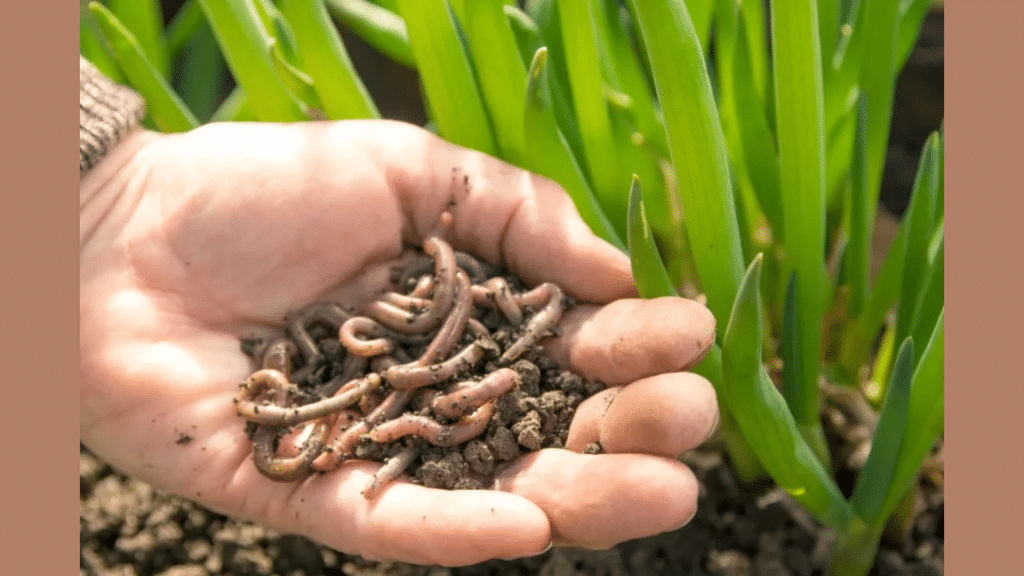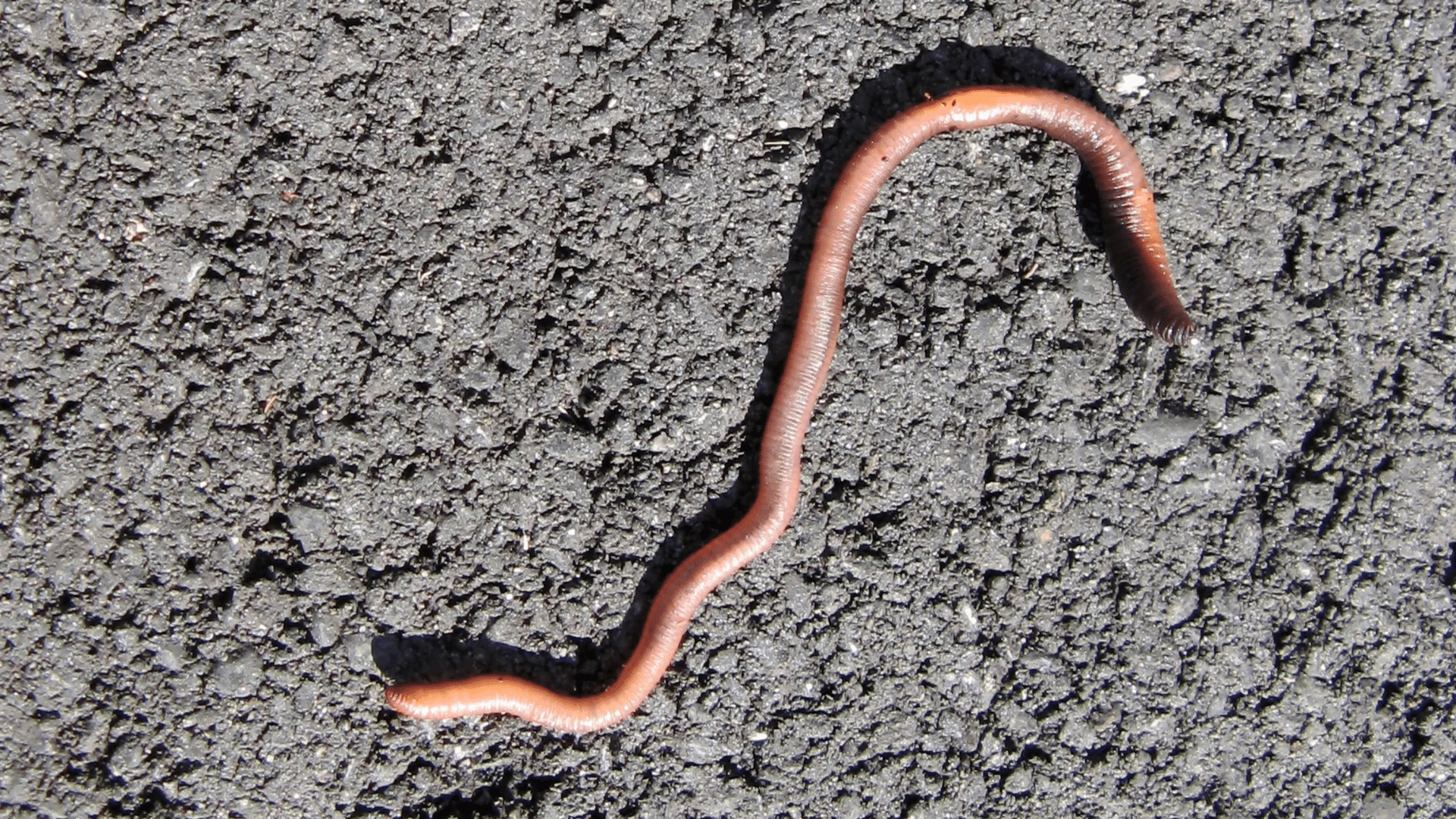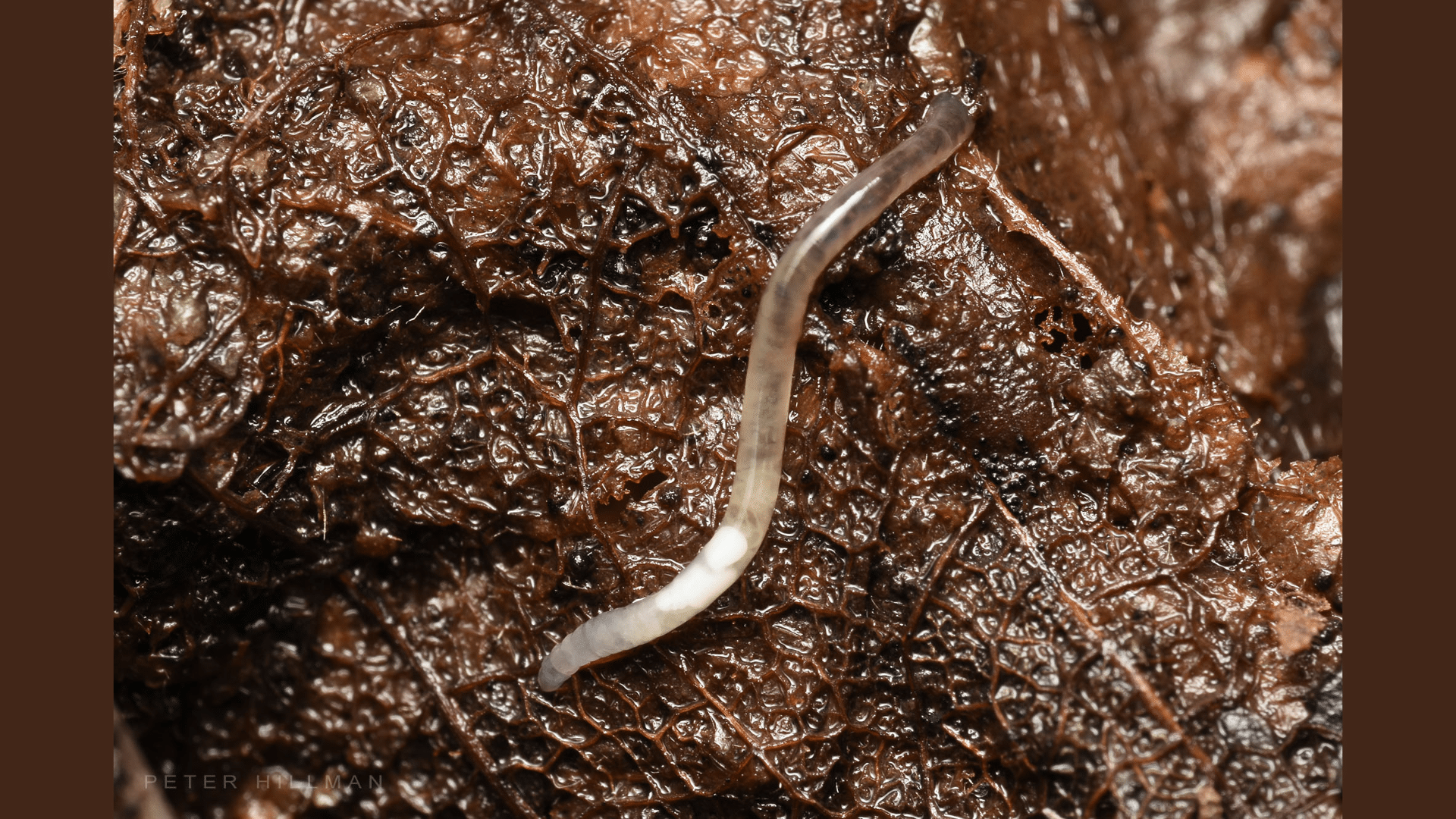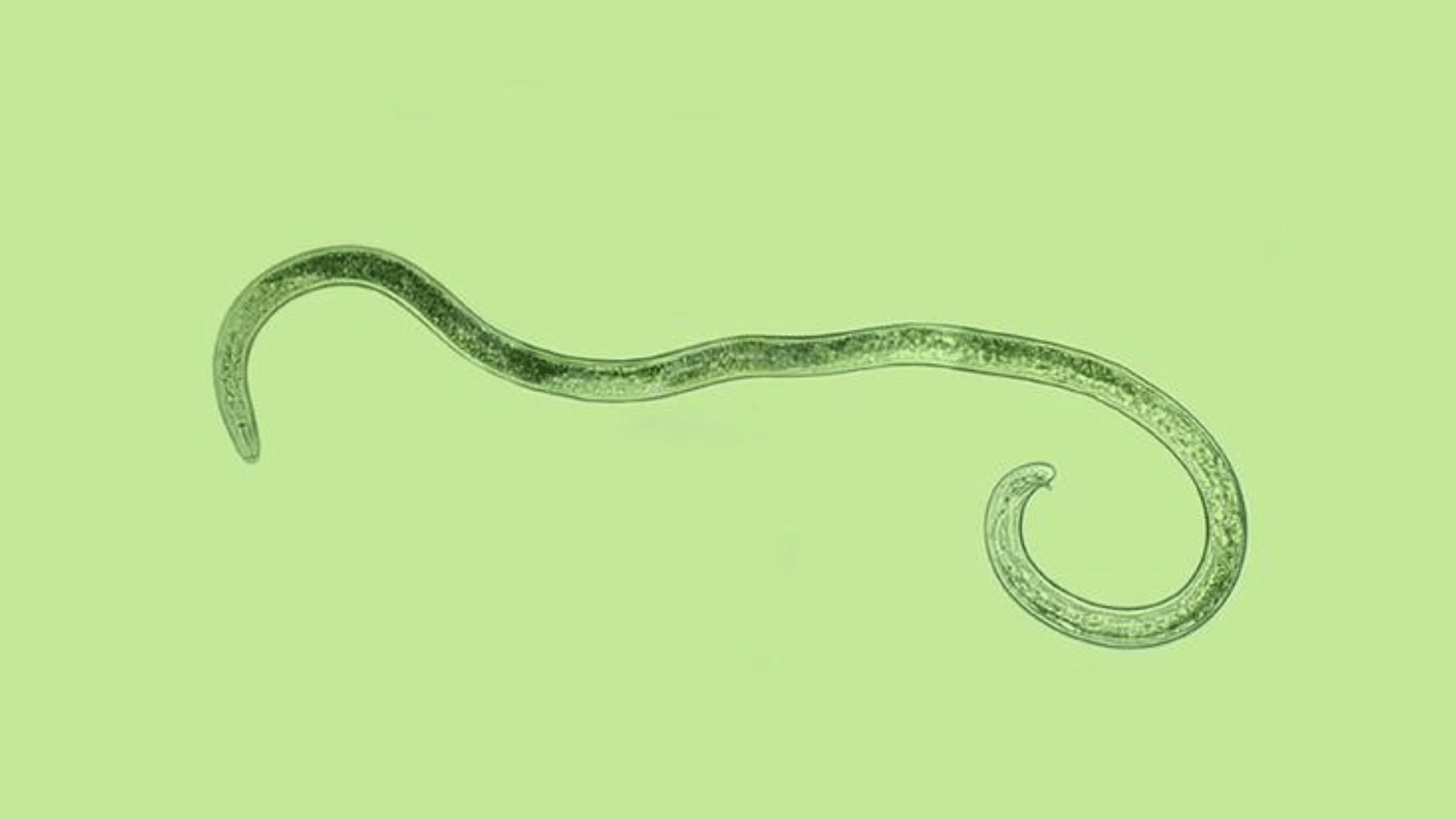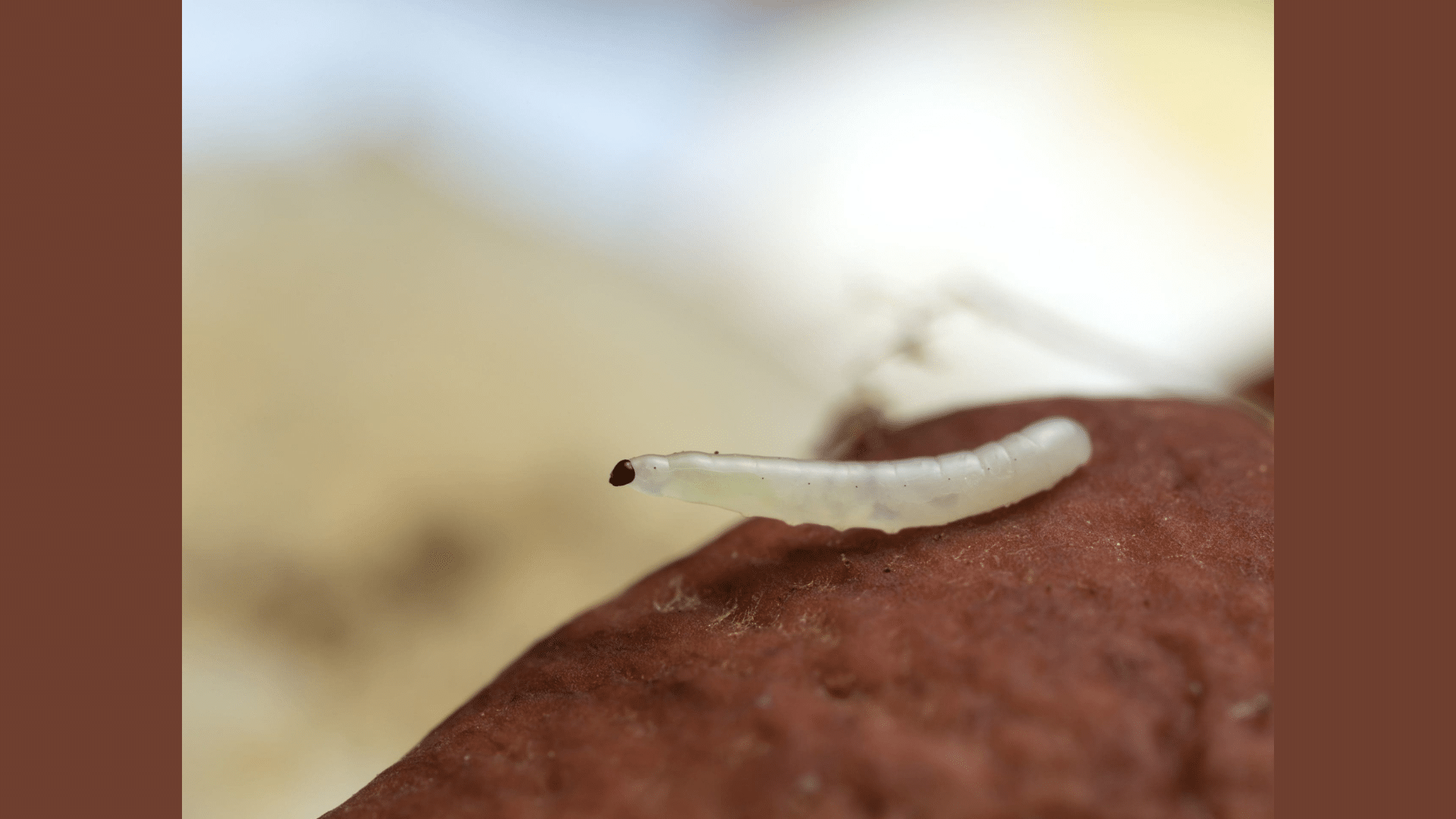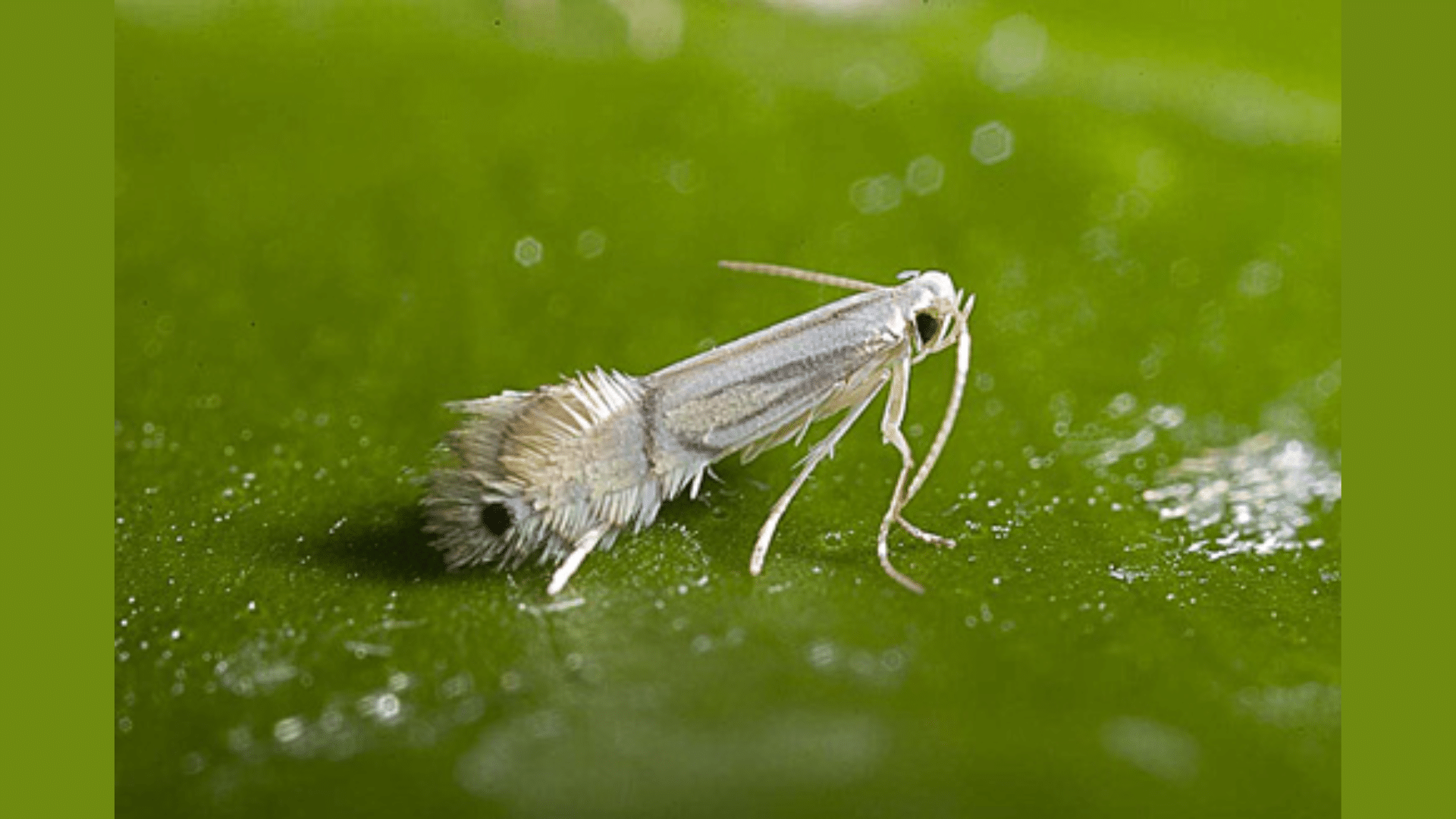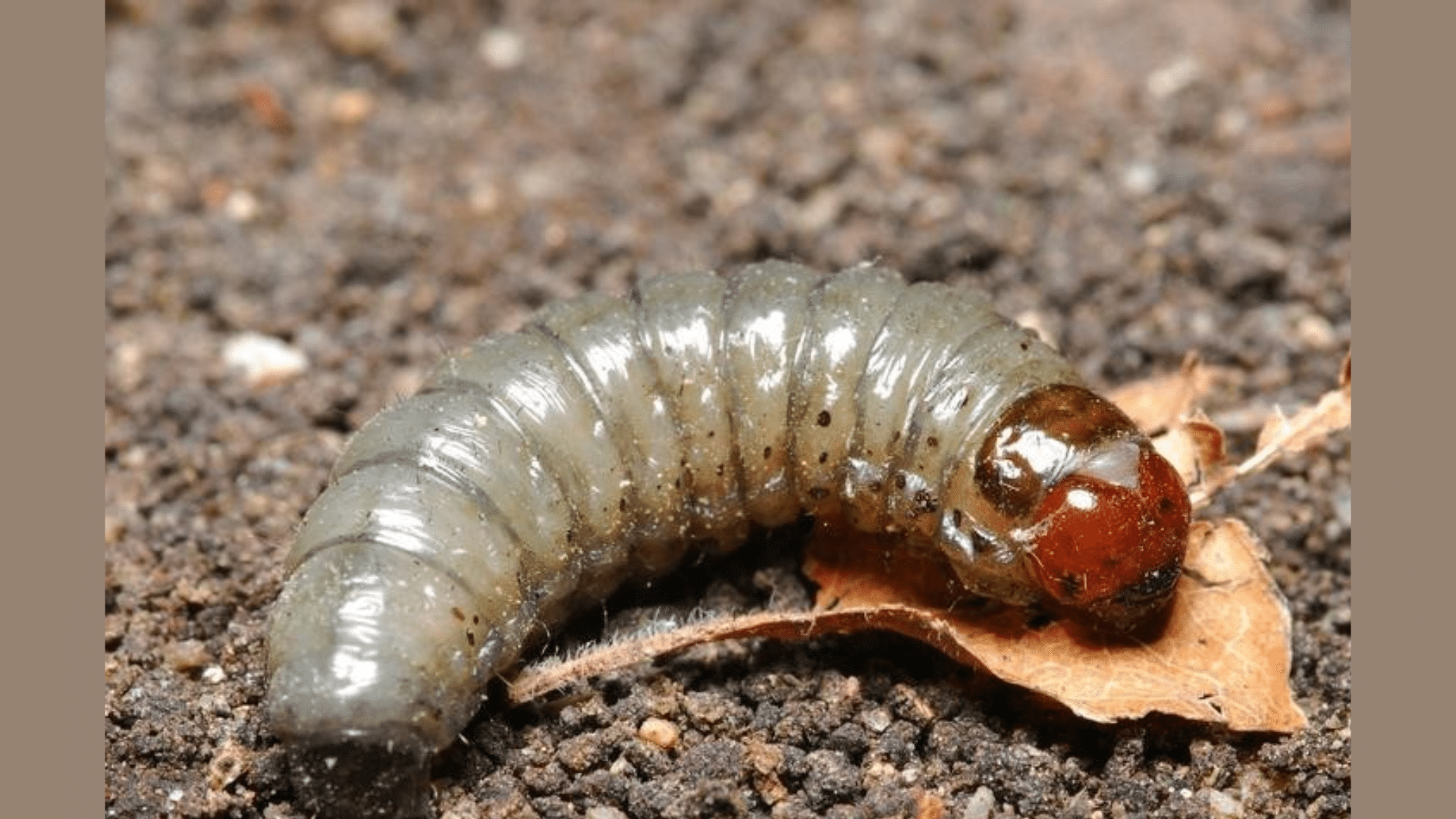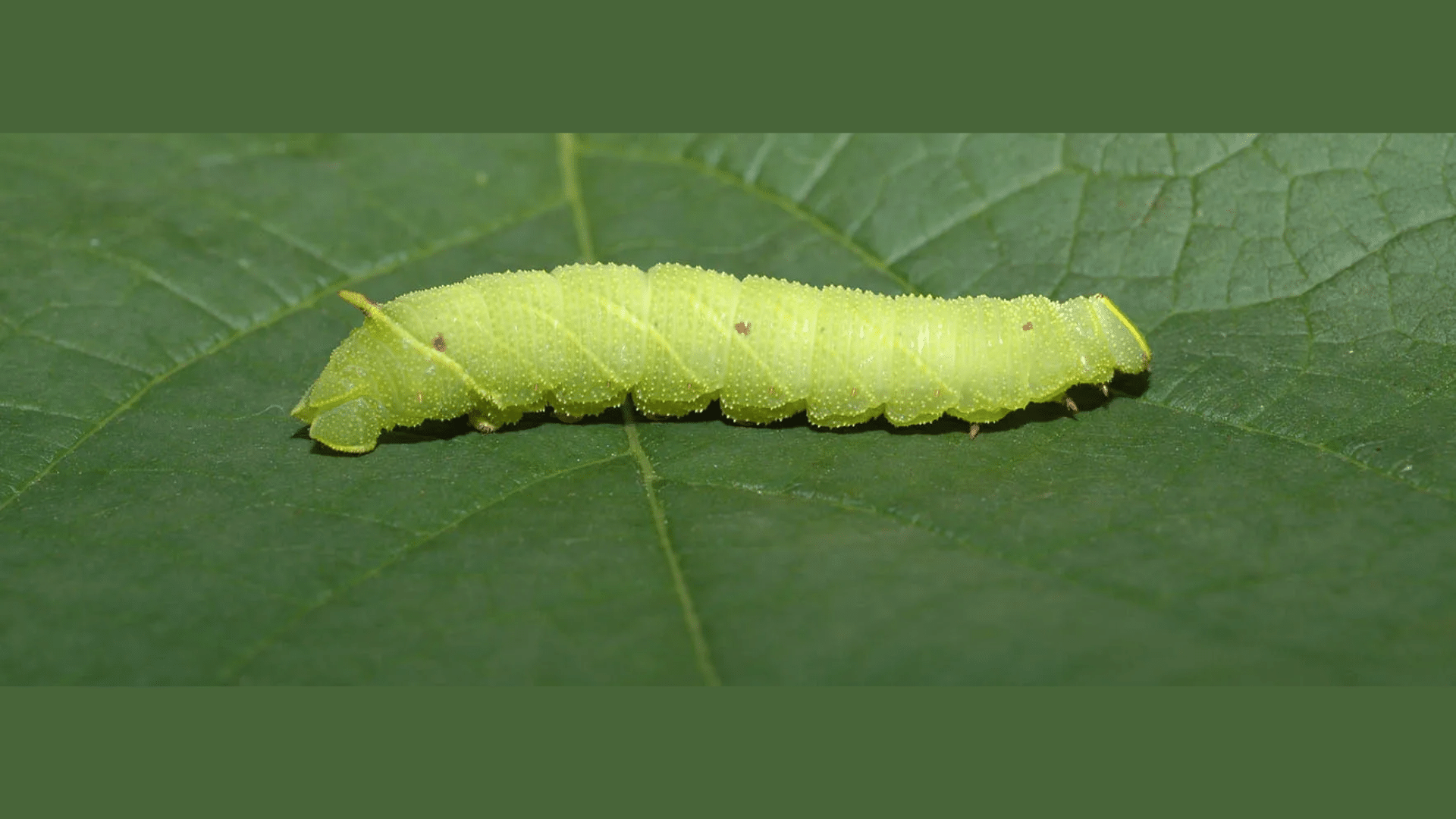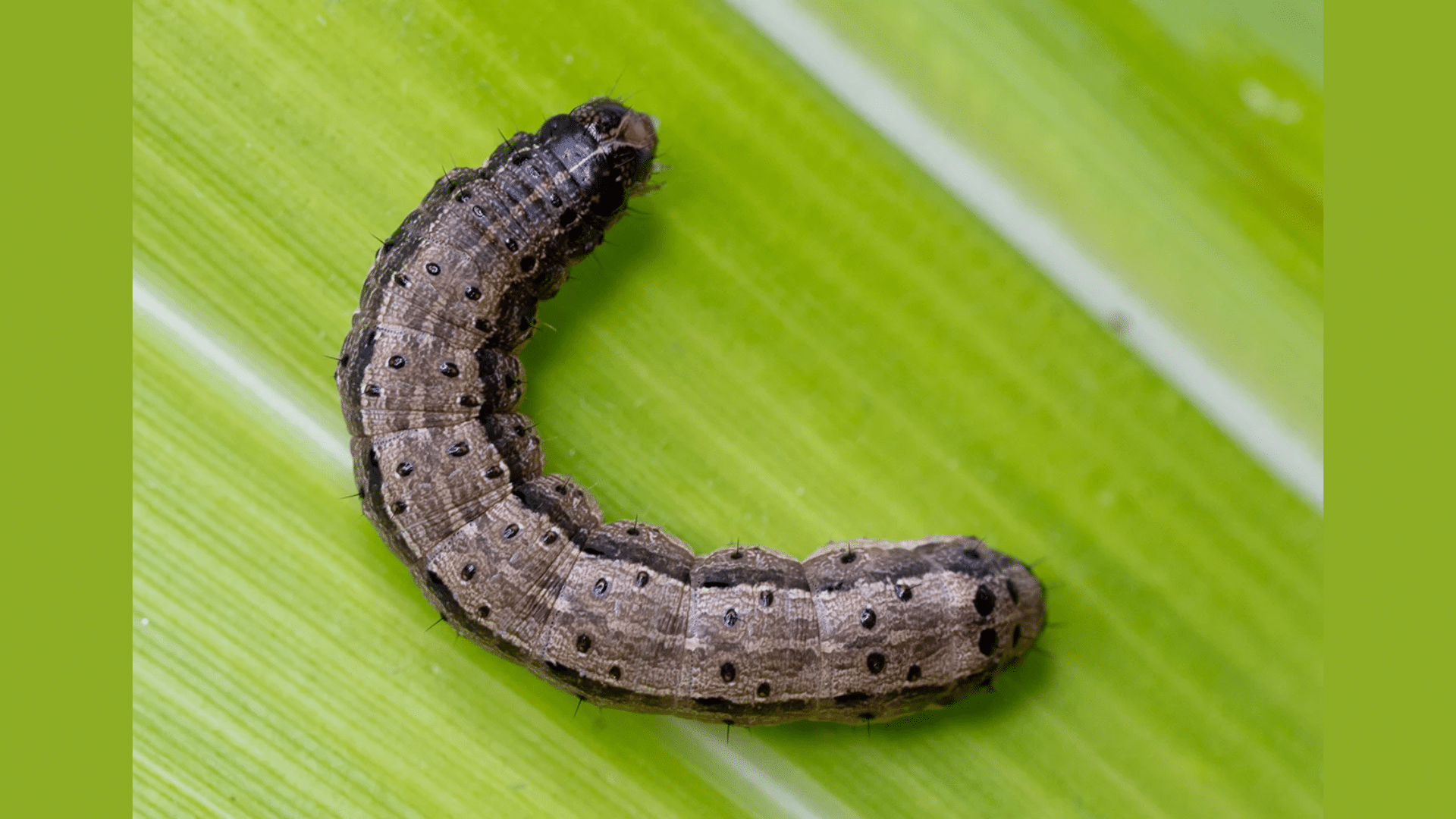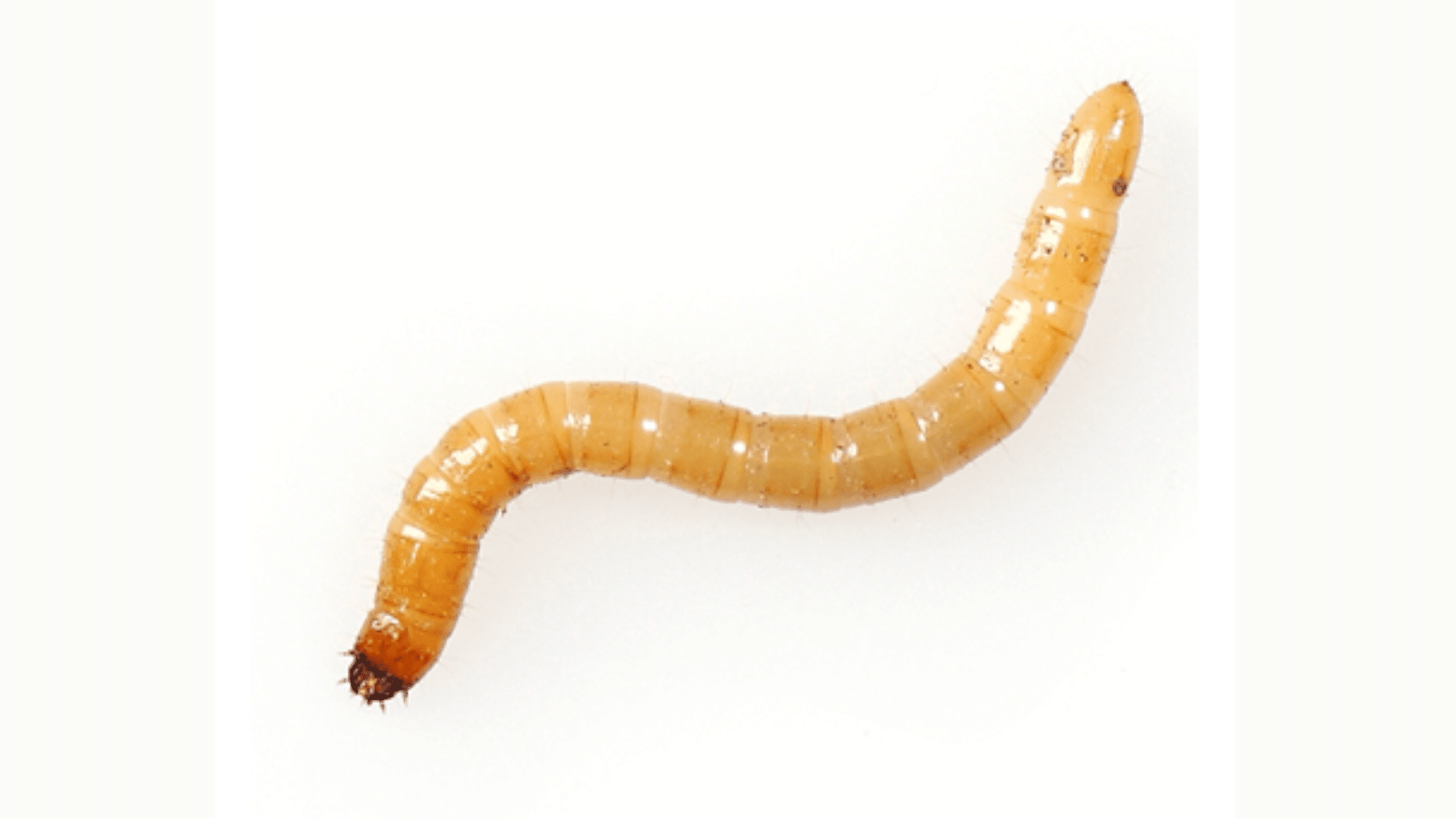Do you worry about worms in your plants? Many garden lovers face this problem. Worms can be both good and bad for your green friends. Some help your soil, while others harm your plants.
This blog will show you the common worms you might find in your garden.
You’ll learn which ones to keep and which to remove. We’ll also share easy tips to spot worm damage before it gets worse.
By the end, you’ll know how to tell helpful worms from harmful ones. The goal is to help you protect your plants and keep your garden healthy.
Let’s look at the different types of worms that might be living among your plants right now.
Are All Worms Bad for Plants?
No, not all worms harm plants. Many worms actually help your garden grow better. Earthworms, for example, break down dead leaves and other plant matter.
They mix this with soil to create rich dirt for your plants.
These helpful worms also dig tunnels in the soil. The tunnels let air and water reach plant roots more easily. This makes your plants stronger and healthier.
But some worms do cause trouble. Certain types eat roots, leaves, and stems. They can make holes in plants or even kill them completely.
Knowing which worms you have matters a lot. The good ones can stay and help, while the bad ones need to be managed. Your plants will thank you for telling the difference.
Common Types of Worms Found in Plants
When you check your garden, you might spot different worms. Some help your plants, while others can cause damage.
Learning about each type helps you know which ones need your attention. Let’s look at the most common worms found in plants and what they do to your garden.
1. Earthworms
Earthworms are the garden helpers you want to have around. They create tunnels that help water flow and let plant roots breathe. These worms eat dead plant matter and turn it into food for your plants.
| Feature | Description |
|---|---|
| Appearance | Pink to reddish-brown, 1–6 inches long |
| Location | Throughout soil, more common in moist areas |
| Impact on plants | Very helpful – improve soil structure and fertility |
2. Pot Worms (Enchytraeids)
Pot worms are tiny white worms often found in damp potting soil. They work like mini earthworms but stay smaller. These worms help break down plant matter but can show up when soil is too wet.
| Feature | Description |
|---|---|
| Appearance | Tiny white worms, about 1/4 to 1 inch long |
| Location | Potted plants, compost bins, wet soil |
| Impact on plants | Mostly helpful – break down organic matter |
3. Root-Knot Nematodes
Root-knot nematodes are tiny worms that attack plant roots. You can’t see them with the naked eye, but you’ll notice bumpy, swollen roots when plants are affected. These pests slow plant growth and can kill plants.
| Feature | Description |
|---|---|
| Appearance | Microscopic, can’t be seen without magnification |
| Location | Inside plant roots, causing knots or galls |
| Impact on plants | Harmful – stunt growth, reduce yields |
4. Fungus Gnat Larvae
Fungus gnat larvae look like tiny clear worms with black heads. They live in the top layer of soil and feed on fungus, but can also munch on plant roots. They’re most common in overly wet soil.
| Feature | Description |
|---|---|
| Appearance | Clear to white with black heads, about 1/4 inch long |
| Location | Top 1–2 inches of soil, prefer wet conditions |
| Impact on plants | Mildly harmful – damage young roots |
5. Leafminers (Larval Stage of Flies/Moths)
Leafminers are small worms that tunnel inside plant leaves. They create winding paths or blotches as they eat the tissue between leaf surfaces. The damage looks like light-colored trails on green leaves.
| Feature | Description |
|---|---|
| Appearance | Tiny yellow to white worms, up to 1/8 inch |
| Location | Between upper and lower leaf surfaces |
| Impact on plants | Harmful – damage leaves, reduce photosynthesis |
6. Cutworms
Cutworms are chunky worms that hide in soil during day and come out at night. They’re known for cutting down young plants at soil level. One cutworm can kill many seedlings in a single night.
| Feature | Description |
|---|---|
| Appearance | Gray to brown, plump, curl into C-shape when touched |
| Location | Soil surface, active at night |
| Impact on plants | Very harmful – cut stems of young plants |
7. Cabbage Worms (Imported Cabbage Worm)
Cabbage worms are green worms that blend in with plant leaves. They focus on plants in the cabbage family. These hungry eaters can make many holes in leaves and hide along leaf veins.
| Feature | Description |
|---|---|
| Appearance | Velvety green, about 1 inch long when grown |
| Location | On leaves of cabbage, broccoli, kale |
| Impact on plants | Harmful – eat large holes in leaves |
8. Armyworms
Armyworms move in groups like an army. They can strip plants bare very quickly. These worms tend to feed at night and hide during the day. They often attack grass and grain crops.
| Feature | Description |
|---|---|
| Appearance | Green to brown with stripes, up to 2 inches long |
| Location | Leaf surfaces, move in large groups |
| Impact on plants | Very harmful – can destroy entire plants |
9. Wireworms
Wireworms are hard-bodied worms that live in soil for years. They attack seeds and roots, making it hard for plants to grow well. These worms are most common in areas that were grass before.
| Feature | Description |
|---|---|
| Appearance | Yellow-brown, hard-bodied, up to 1.5 inches long |
| Location | Underground, attacking seeds and roots |
| Impact on plants | Harmful – damage seeds and root systems |
Symptoms to Tell If a Worm is Causing Plant Damage
Spotting worm damage early can save your plants from serious harm. Many times, the worms stay hidden but leave clear signs of their work.
By knowing what to look for, you can catch problems before they spread to your whole garden. Here are the main symptoms that might mean worms are munching on your plants.
Check your plants often for these signs, especially during warm, wet weather when many worms become more active.
- Holes in Leaves: Look for clean-edged holes or ragged tears in the leaf tissue. Unlike disease spots, worm damage often shows actual missing parts where they’ve eaten through the leaf. Cabbage worms and armyworms are common culprits.
- Wilting Despite Proper Watering: When plants droop even though the soil feels damp, root-feeding worms might be the cause. They damage the roots, making it hard for plants to take up water.
- Tunnels or Trails on Leaves: Watch for winding paths that look like roads or maps on your leaves. These are feeding tunnels made by leafminers as they eat the tissue between leaf surfaces while staying protected inside.
- Cut Stems at Soil Level: Young plants that appear chopped off at ground level point to cutworms. These pests work at night, cutting through stems. In the morning, you find seedlings lying on the ground as if someone snipped them with scissors.
- Leaf Edges and Stems with Bite Marks: Ragged leaf edges or chunks missing from stems often mean larger worms are feeding on your plants. Look for frass (worm poop) nearby, which looks like tiny dark pellets and confirms worm activity.
Natural Ways to Manage Harmful Worms
You don’t need harsh chemicals to deal with worms that harm your plants. Many gentle, earth-friendly options work just as well.
These methods can keep your garden healthy without hurting helpful bugs or your family’s health. Here are some easy ways to handle worm problems in your garden.
Most of these items can be found at home or bought at garden stores for a low cost.
| Method | How It Works |
|---|---|
| Handpicking | Check plants in early morning or evening and remove worms by hand. Drop them in soapy water to get rid of them. Works best for larger worms like cabbage worms and cutworms. |
| Diatomaceous Earth | Sprinkle this powdery substance around plants. It has sharp edges (too small to see) that cut into soft-bodied worms. It works on many types of worms but needs to be reapplied after rain. |
| Beneficial Nematodes | Water these tiny, helpful worms into your soil. They hunt down and kill many bad worms while leaving plants alone. They work well against soil-dwelling worms like wireworms. |
| Crop Rotation | Change where you plant each type of crop every year. This breaks pest life cycles because worms can’t find their favorite plants in the same spot. It helps reduce many types of worm problems over time. |
When to Call in Professional Help
While many worm issues can be handled on your own, some cases need expert help. Knowing when to bring in the pros can save your garden from widespread damage.
Don’t wait until all your plants show signs of trouble. Here are some signs that tell you it’s time to call a garden expert or pest control service.
- When you see worms taking over large areas of your garden in just days, and your methods aren’t working, pros have stronger tools and knowledge to stop the spread.
- If the same worm issues come back season after season, even though you’ve tried many home remedies, a pro can help find the root cause you might be missing.
- When you find strange worms you can’t name using books or websites, experts can identify them correctly and suggest the right treatment for that specific type.
- For special plants that have high value, either money-wise or for sentimental reasons, getting expert help early can prevent losses that would be hard to replace.
- Some worms are so harmful that laws require reporting them. If you suspect your garden has a worm that might be on a watch list, call right away to protect not just your plants but the whole area.
Conclusion
Now you know the main worms that might be hanging out in your garden. Some help your soil while others can damage your plants.
You can keep your garden healthy by watching for the warning signs and using gentle methods to manage harmful worms.
What steps will you take next?
Maybe start by checking your plants for damage signs, or try adding marigolds as companion plants.
You might even want to keep a garden journal to track which worms you find and what works best to manage them.

